Source: Andriana Syvanych | Dreamstime.com
Mastering the art of professional hair color requires navigating a diverse range of products and techniques. As a stylist, one of the most important considerations is deciding between liquid vs. creme hair color. While both offer pathways to stunning transformations, understanding their distinct characteristics and applications is crucial for achieving optimal results. In this blog post, we’re exploring liquid and creme hair colors to equip you with the knowledge to confidently select the right option for each client’s unique needs and desired outcome.
Understanding Hair Color
Before we get into the specifics, let’s revisit the fundamentals of hair color. Melanin, produced in the hair follicles, determines natural hair color. Eumelanin (brown/black) and pheomelanin (red/yellow) pigments in varying ratios create individual hair shades.
Hair color works by either depositing or lifting pigment. Permanent colors use chemicals to break down existing pigments and deposit new color molecules for long-lasting results. Temporary and demi-permanent hair colors deposit color without lifting, offering shorter-lasting results that fade with washing.
Liquid Hair Color
Liquid hair color has a thin, runny consistency similar to water. This characteristic makes it easier to distribute evenly throughout the hair, especially for those with long or fine strands. The application process typically involves mixing the liquid color with a developer (unless it’s a pre-mixed formula) and applying it directly to the hair from a color bottle.
Liquid hair color offers several advantages. The runny consistency makes it easier to distribute evenly throughout long hair. This feature also makes it ideal for all-over gray coverage and total color transformations. However, liquid color is more prone to running and bleeding than creme color, making it a less-than-ideal option for precision highlights, lowlights, etc.
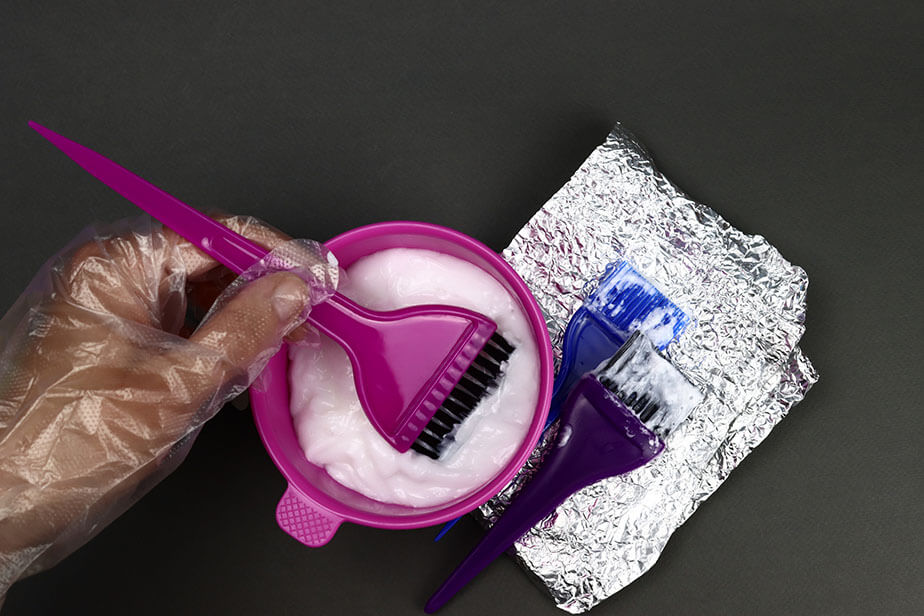
Source: Michael Nesterov | Dreamstime.com
Creme Hair Color
Creme hair color has a thicker, creamier consistency compared to its liquid counterpart. This thicker texture allows for more precise application and control, making it ideal for targeted coloring techniques like highlights or lowlights. The application process typically involves mixing the creme color with a developer in specific ratios as instructed by the manufacturer and then applying it with a brush. Creme color is usually too thick to apply using a color bottle.
Creme hair color comes in various forms, including permanent and demi-permanent colors. Permanent colors contain ammonia and other chemicals that lift existing pigment and deposit new color molecules, resulting in a long-lasting, permanent change. Demi-permanent colors deposit color molecules without lifting existing pigment, offering a less permanent option that gradually fades with each wash.
However, creme hair color isn’t without potential drawbacks. The thicker consistency can be more challenging to apply compared to liquid colors, especially for newer colorists.
Choosing Between Liquid and Creme
The best choice between liquid vs. creme hair color depends on various factors, including the desired color outcome, hair type and condition, stylist experience level and personal preference.
When considering the desired color outcome, stylists should think about whether the client wants a full color transformation, a subtle shift or simply to enhance their existing color. The hair type and condition, particularly the porosity and health of the hair, should also be taken into account to determine which type of color is most suitable.
If you are a relatively new colorist, liquid color might be easier to apply due to its thinner consistency. However, if you’re more experienced, creme color allows for greater control and more precise application.
Ultimately, the choice between liquid and creme color also comes down to personal preference. Go with the option that you are most comfortable with.
Closing Thoughts

Source: Artem Zakharov | Dreamstime.com
Both liquid and creme hair colors offer advantages and disadvantages that cater to various needs and preferences. By understanding these key differences and considering individual factors, you can make informed recommendations while guiding your clients toward achieving their desired hair color goals. Remember — hair color is a journey of self-expression and empowerment, and you play a crucial role in effectively facilitating this journey. By understanding different types of hair color and choosing products that are suited to each client’s needs, you can help them achieve their desired look while maintaining healthy hair.






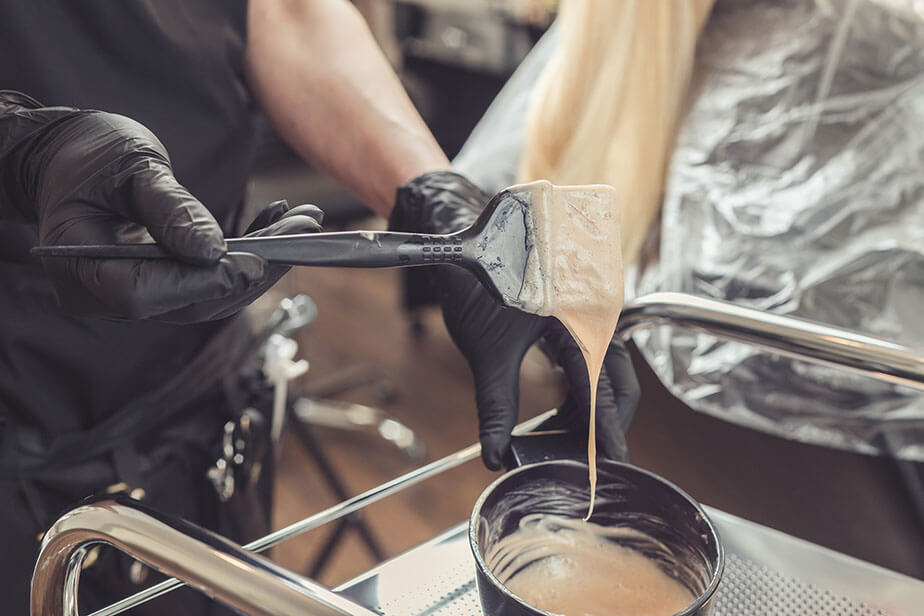




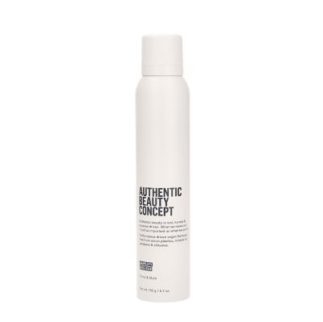
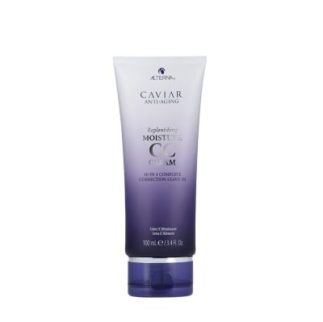
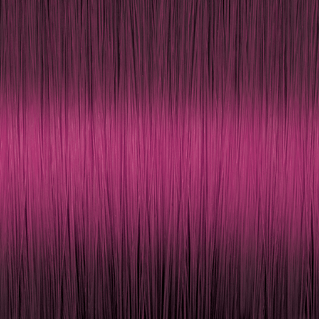
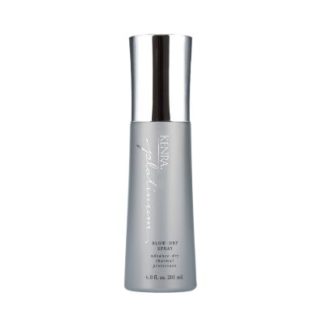
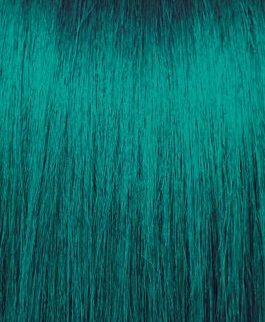
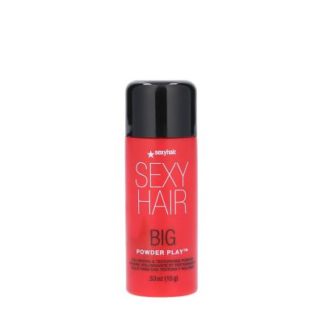
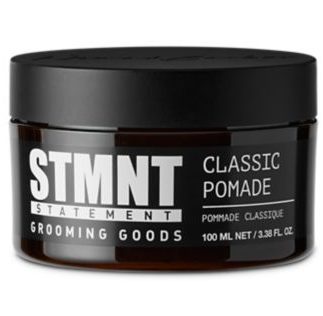
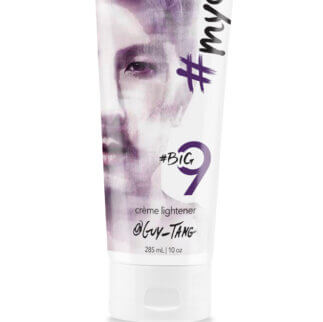
Share Your Feedback